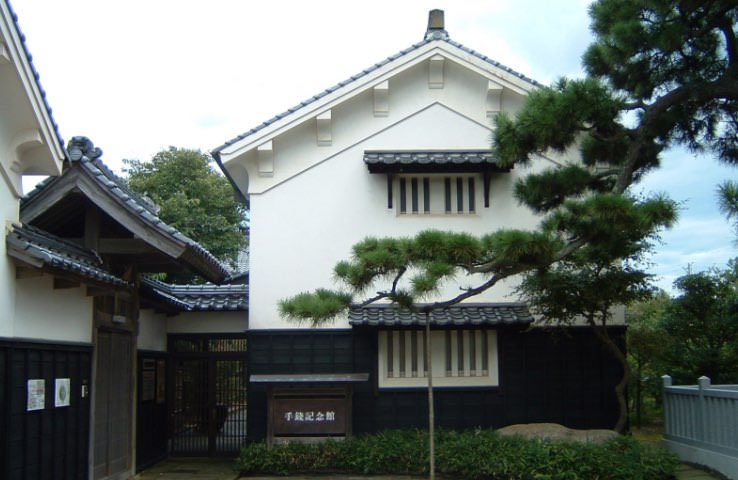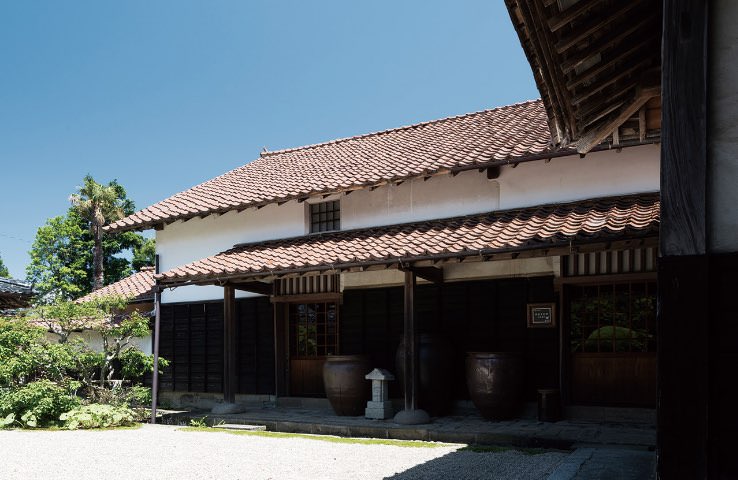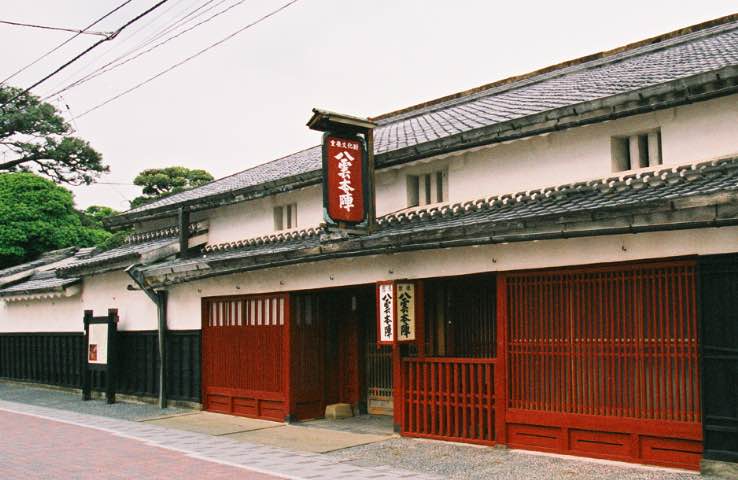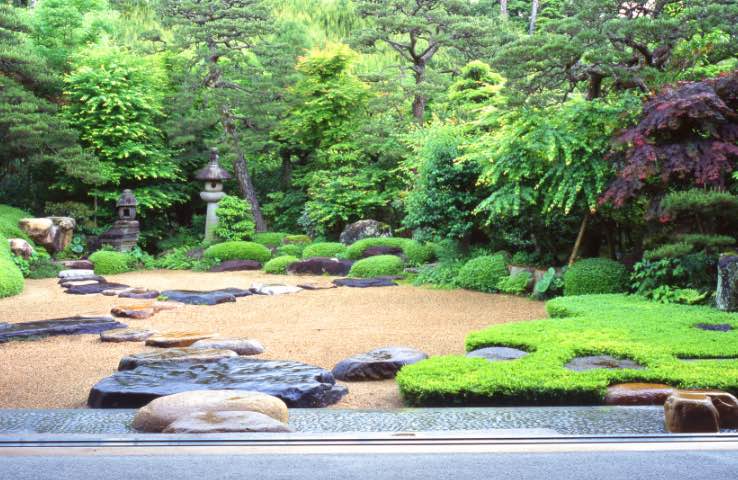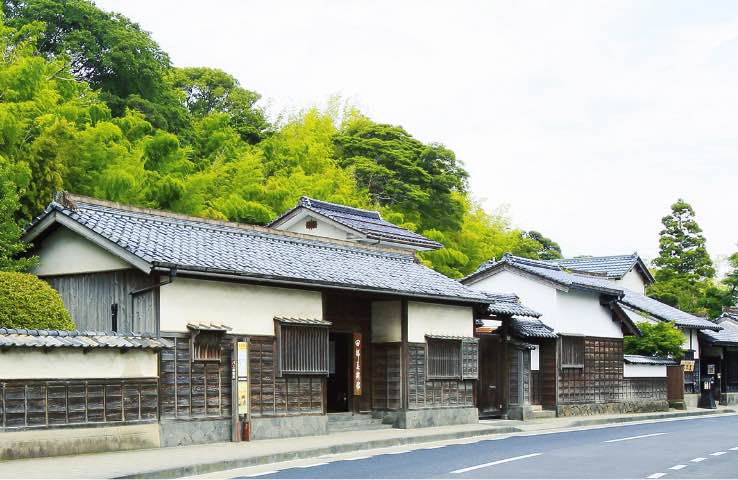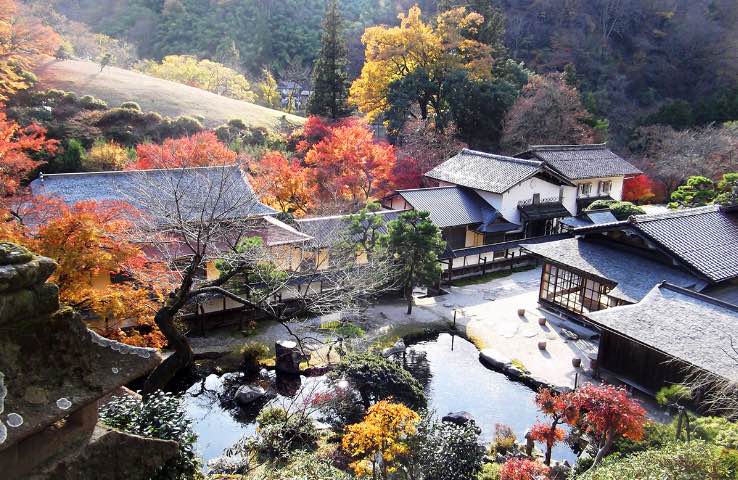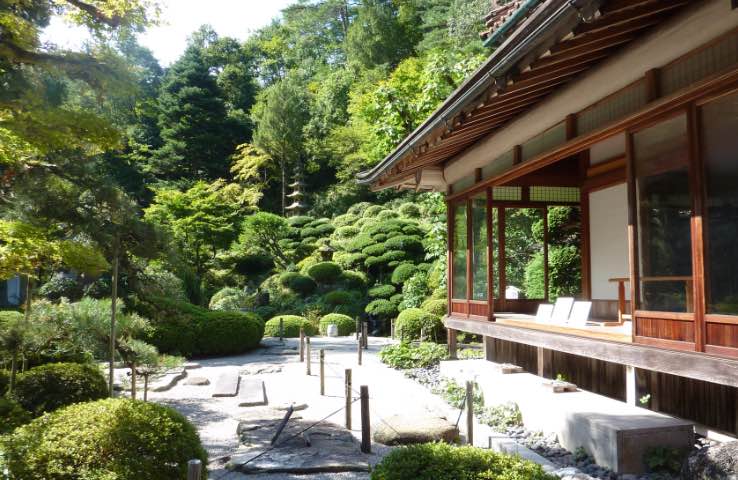Art and Culture
The works forming the collection of each of the museums include a rich and diverse range of art and crafts from the 17th century until today. This legacy passed down through generations in each of the families embodies the culture and history of the region.
Art
Painting
In addition to many fine works of art from the artistic centers of Edo, Kyoto, and Osaka, the museums also display works by local painters such as Horie Yūsei (1802–1873) whose remarkable technical prowess had deep roots in the region.
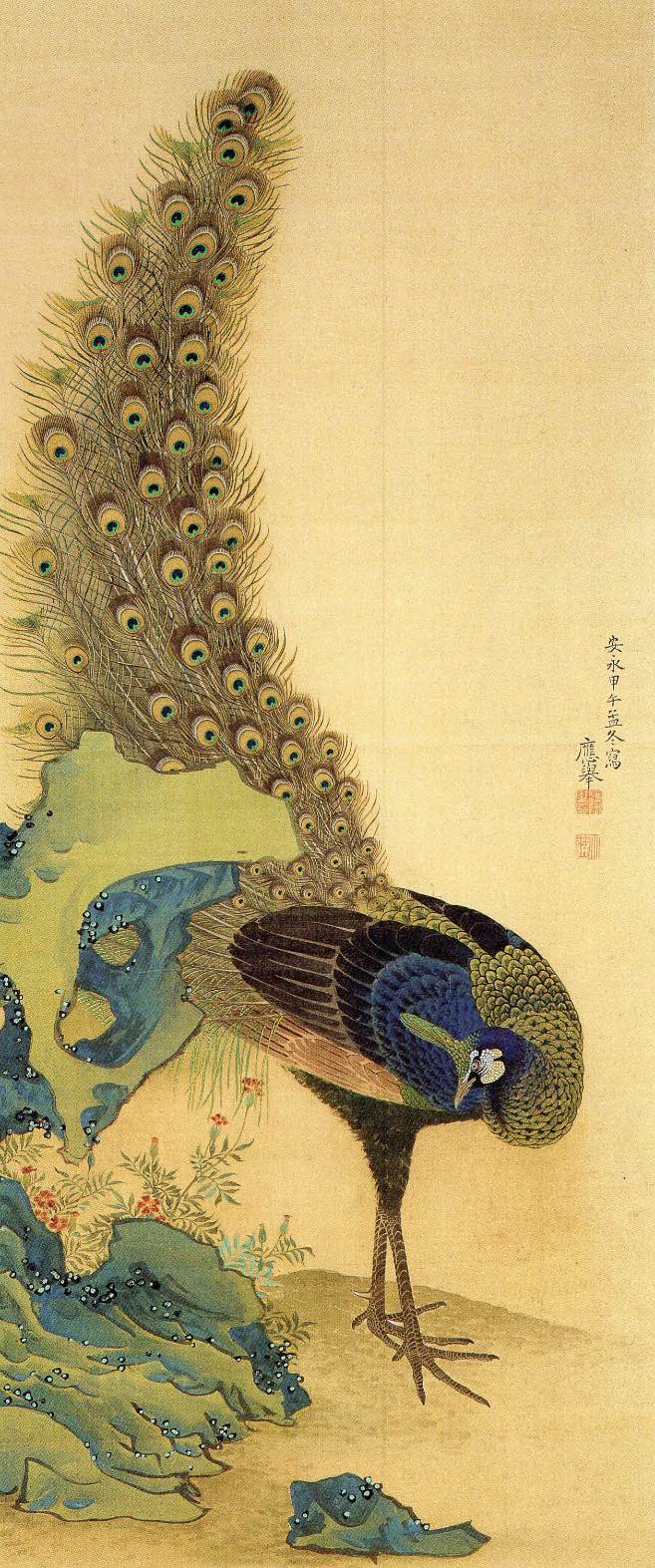
Ceramic art
The development of Rakuzan-yaki (17th century onwards) and Fujina-yaki (18th century onwards), the iconic pottery styles of the Izumo region, took place under the influence of ceramic traditions from other regions, such as those of Hagi, Kyoto, and Satsuma ware, as well as Korean pottery produced during the Goryeo dynasty (918-1392).

Lacquer
Many of the works such as those by Kojima Shikkosai and Nurude-an, are items that were highly prized by Lord Matsudaira Fumai. The Kojima Shikkosai line of lacquerers continues to the present day.
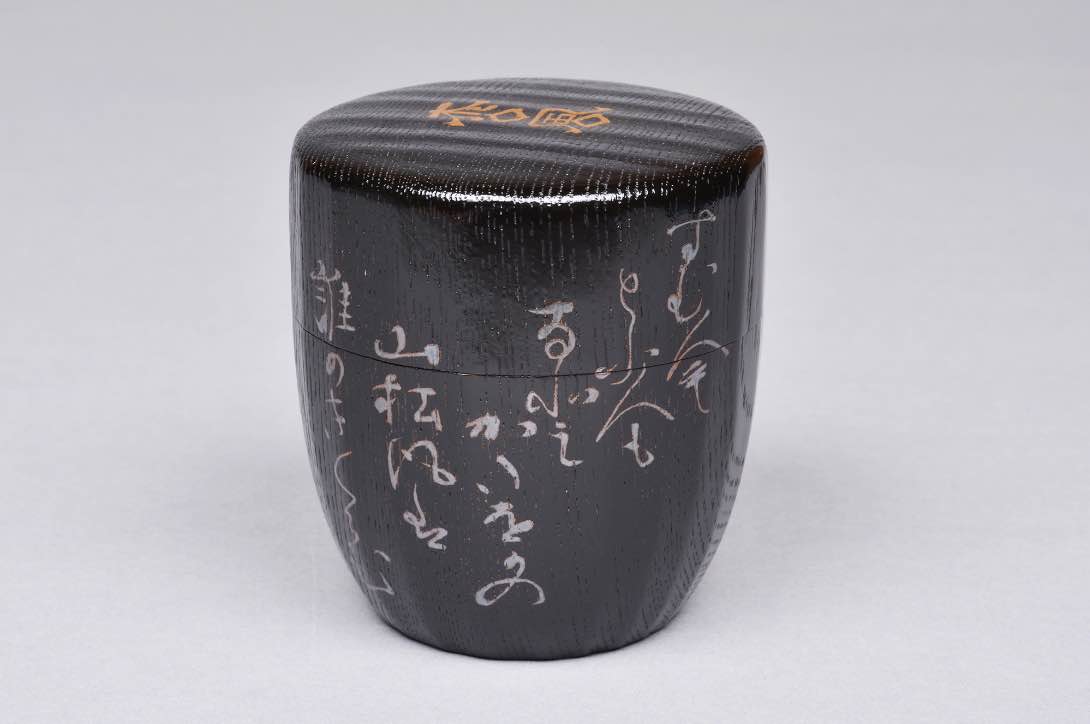
Wood carvings
Wooden works in the museums’ collections show a high degree of technical skill, as with sashimono pieces, a technique that joins wooden parts without using nails, as well as beautiful in-room panels with openwork decorations by Kobayashi Jodei (1753-1813) once prized by Lord Matsudaira Fumai.
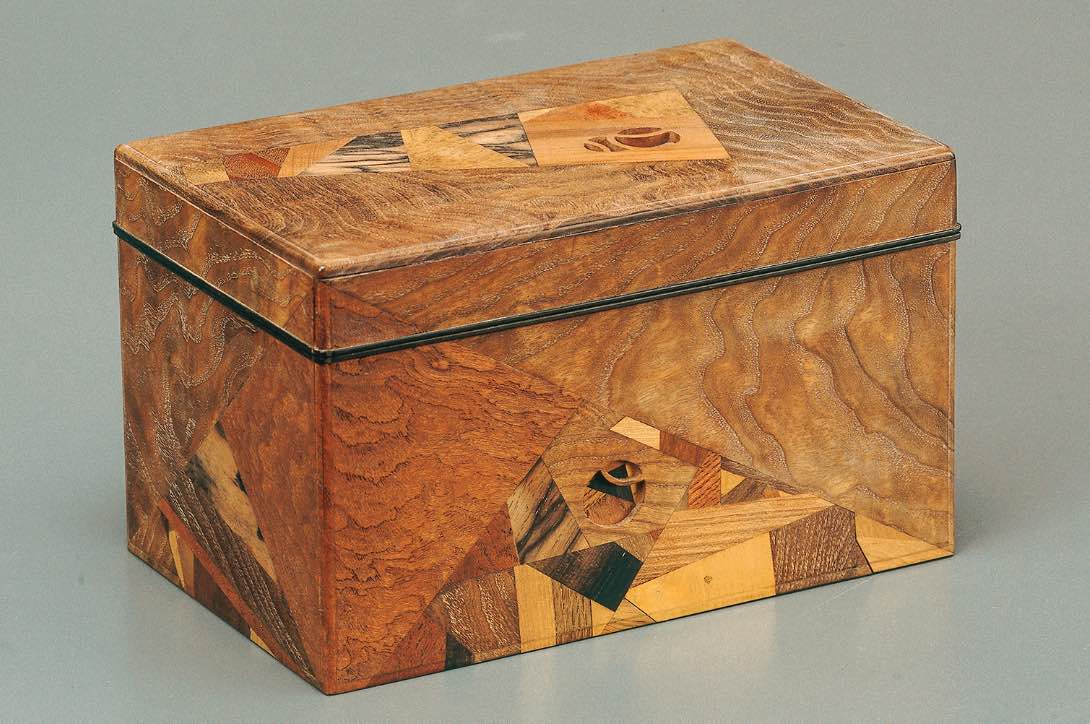
Folk Art (Mingei)
The collections include works produced by local artisans such as pottery, metalwork, indigo dyed textiles, and lacquerware.
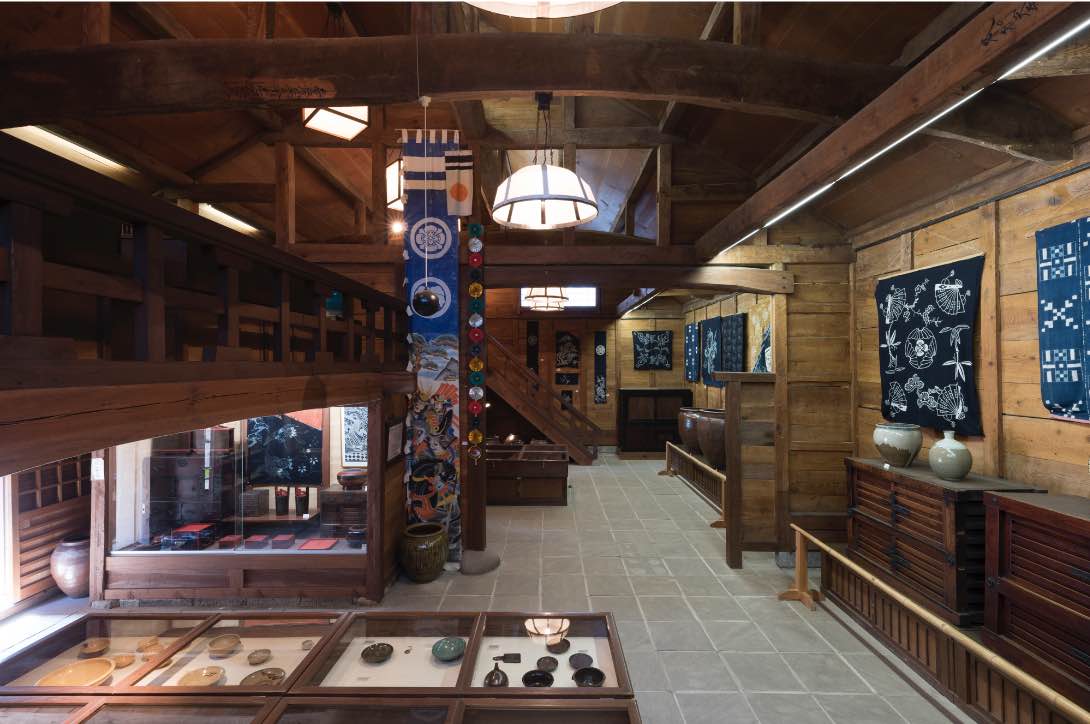
Swords and armors
Among the swords and armors in the collections are those actually used by the families’ ancestors as well as others acquired by members of the families who kept inns reserved for official use (honjin). For those families, the right to bear a sword, as well as a surname (myōji taitō), was a privilege bestowed upon them by the local lord.
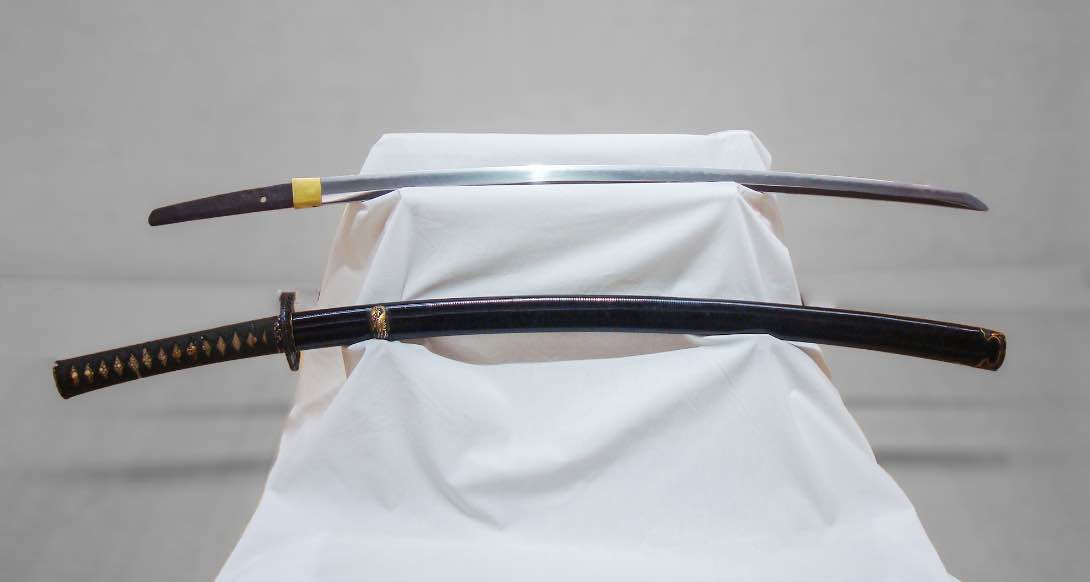
Traditional objects for everyday use
You can see tools and other implements that were used in daily life from the Edo period through to the early Shōwa period.
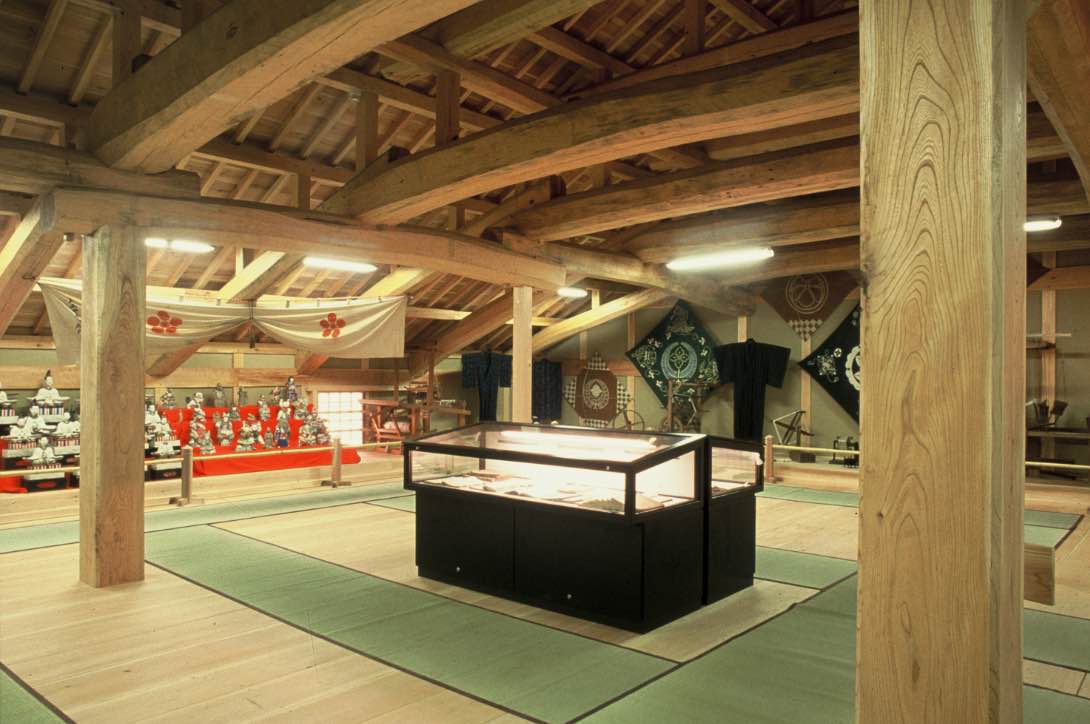
Arts of the tea ceremony
The many examples of tea utensils featured in the museums are a legacy of Lord Matsudaira Fumai’s deep interest for chanoyu, the Japanese tea ceremony. During tea gatherings many forms of art come into play, including ceramic, lacquer, bamboo, iron casting, scroll painting and calligraphy.
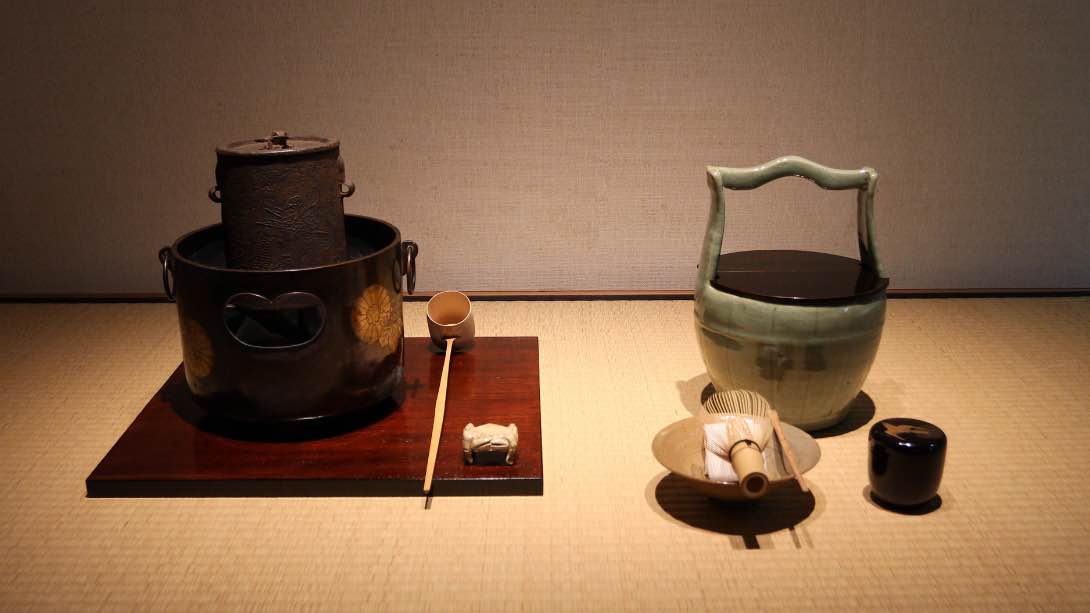
Culture
Izumo-style garden
Izumo-style gardens are characterized in part by their arrangements of millstones (ishiusu) and tanzaku stones (elongated rectangular stones named after the strips of paper used for poetry).
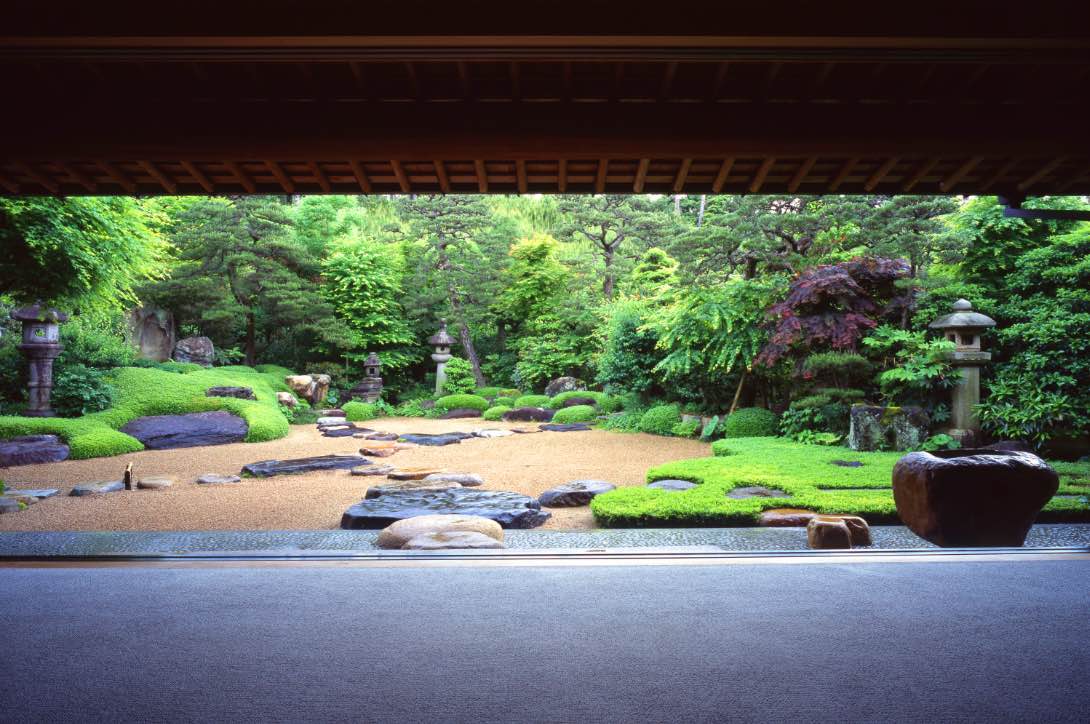
Tatara iron making
Tatara iron making is named for the traditional foot-bellows used to stoke the smelting furnace. Izumo is the only area in Japan where traditional iron production continues to be carried out today.
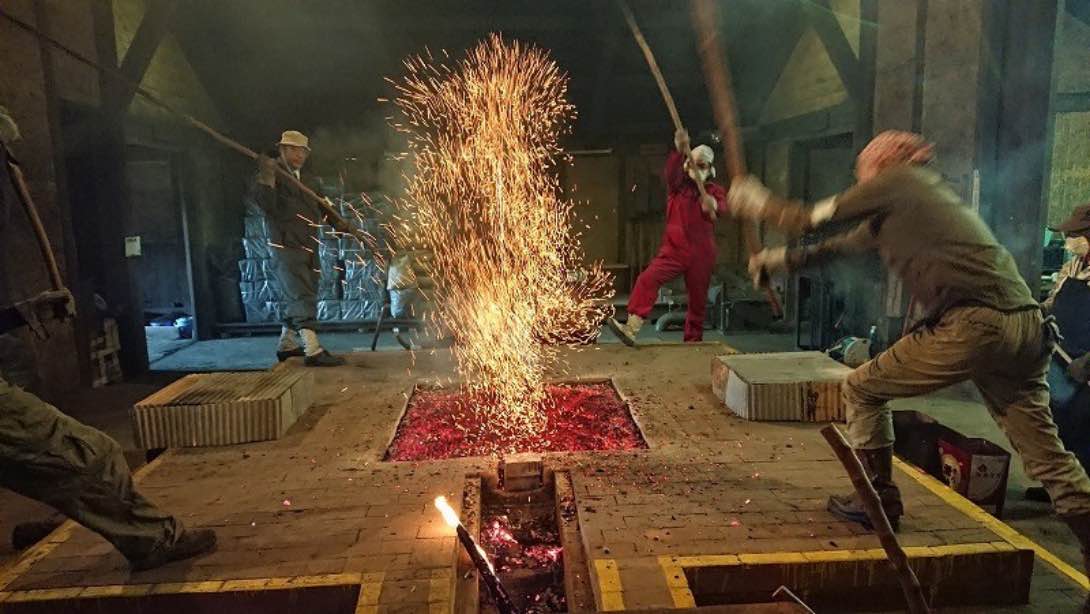
Inn for local lords
During the Edo period (1603-1868), when local lords (daimyō) traveled around their domain with their retinue, they appointed in each town a powerful family that was requested to provide them accommodation in their residence. Serving as official inns, these residences were known as honjin. They were larger than regular residences and displayed refined decoration.
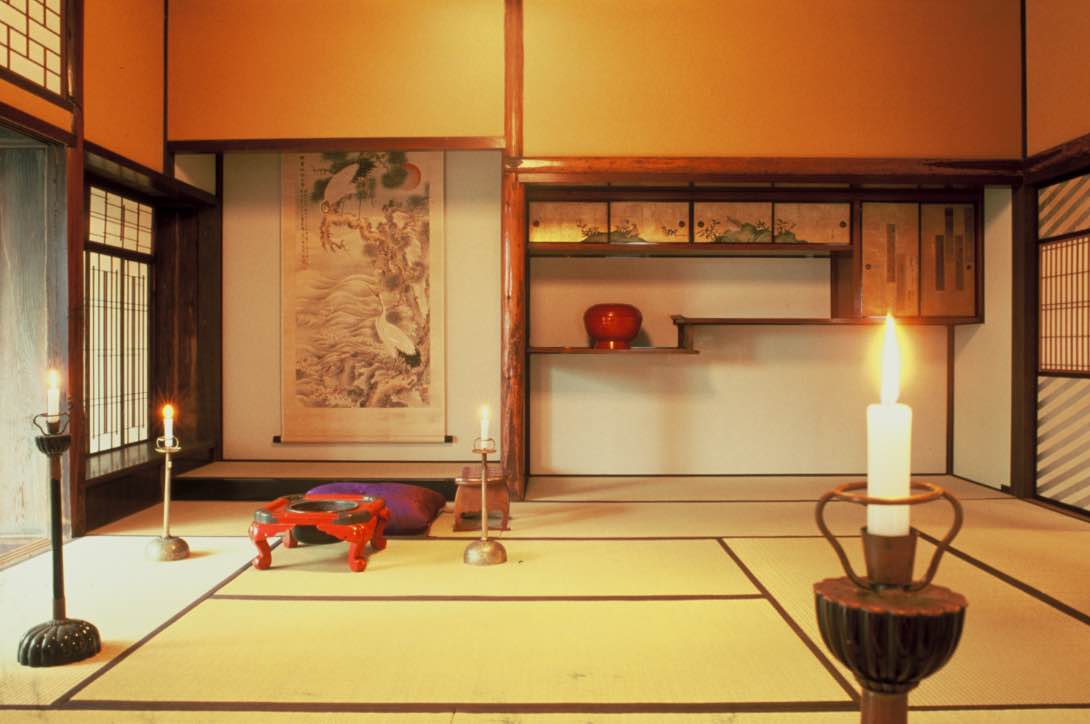
Izumo Taisha
Izumo Taisha (Izumo Ōyashiro) is one of the most revered and oldest Shinto shrines in the country. As a result, despite its distance from the imperial center, the Izumo region has long been a popular destination for visitors and has cultivated a sophisticated local culture.
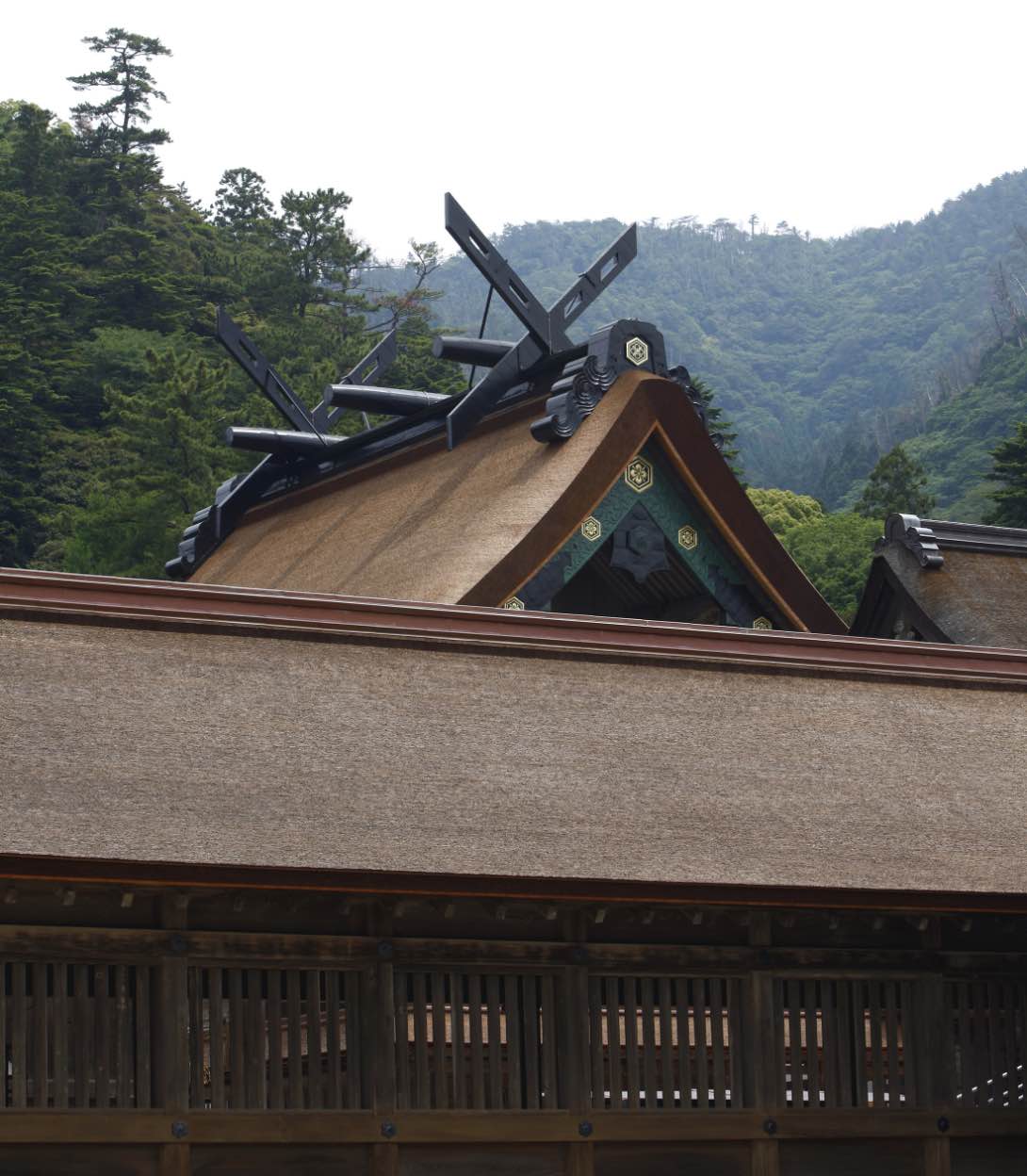
Matsudaira Fumai (1751-1818)
Lord Matsudaira Fumai successfully revived the fortunes of the local domain as its hereditary ruler, or daimyō. He was also an aficionado of chanoyu, the Japanese tea ceremony, and as such furthered the careers of many artisans. He commissioned works of art from some of the most famous craftsmen of his day as well as from local Izumo artisans.

